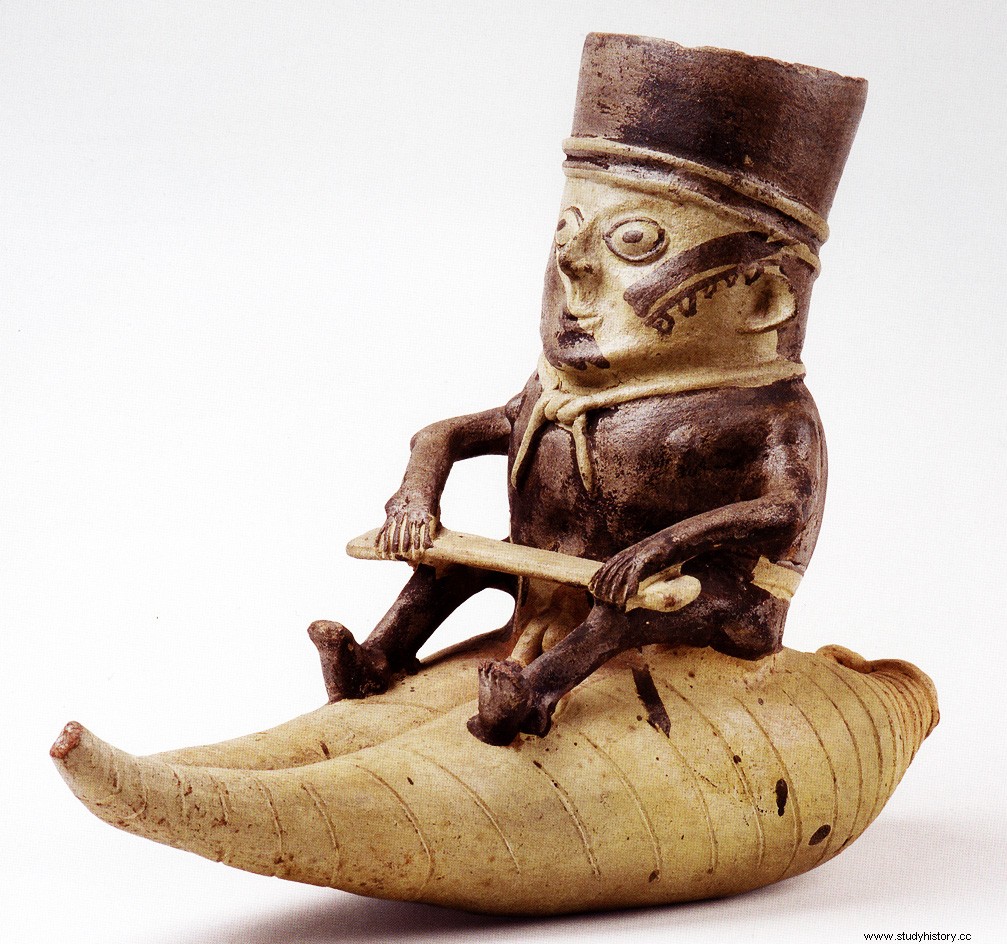It is a curious boat with a very rudimentary appearance, but its effectiveness is beyond doubt, since it has been used for more than 3,000 years. The fishermen of Peru continue to this day fishing near its coast through this traditional method, for which time seems not to have passed. They do it through the so-called caballito de totora , which owes its name to the way in which the person in question is positioned to navigate, in which he imitates the posture of a rider mounted on his horse. These boats are handcrafted from reeds, an aquatic plant that is very common in Peruvian swamps.

fishing in the caballitos de totora
The caballito de totora is an individual boat, with a length of about three meters. It is usually wider at the stern, where it has a space reserved for storing fishing. The boat tapers as it approaches the bow, while curving slightly upwards. Despite the apparent fragility that it can transmit, it is strong enough to withstand and overcome the waves that hit the shores of the Pacific Ocean.
Ancient cultures such as the Mochica civilization (200-700 AD) already used the caballito de totora. But in 2014 a 12-centimeter fragment was found that has been able to confirm its existence in even more remote times, more than 3,000 years ago. Some experts still go further and extend its use back five millennia. To testify to this, they are based on some skeletons belonging to those times that present bone deformations in the arms and legs, as if they had carried out an activity that would fit perfectly with the position used on the caballito de totora. It is quite difficult to find remains of this type of boat, since its material life did not exceed a month. When they began to show signs of wear, their remains were used to fuel home fires.

One of the main uses of the caballito de toroa was, of course, fishing. To do this, the fishermen had to move away from the coast, overcoming the rough waves of the coast. Managing the boat in these conditions should not be easy, so the protagonists would go through a training period to learn the trade.

This training process was also understood as an initiation ritual, due to the importance that the sea had for these cultures, apart from economic and subsistence interests. Even looking at the facial features of some individuals in Mochica ceramics, they appear represented with a jovial expression, which is why some researchers have dared to venture that these cultures used navigation as a recreational activity as well, which would make these pre-Columbian Americans the first surfers. of history.

Collaboration with Javier Ramos of Places with History
